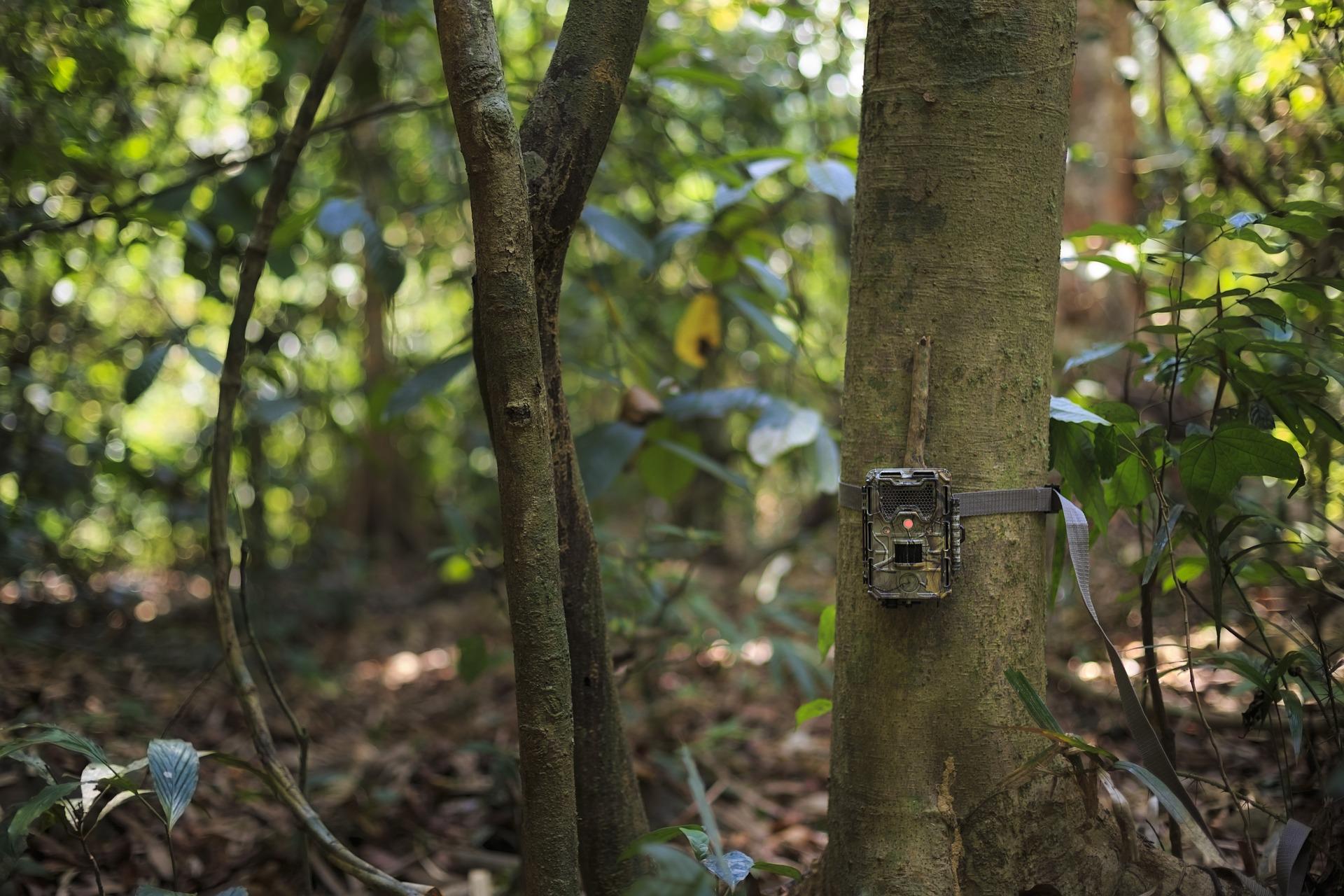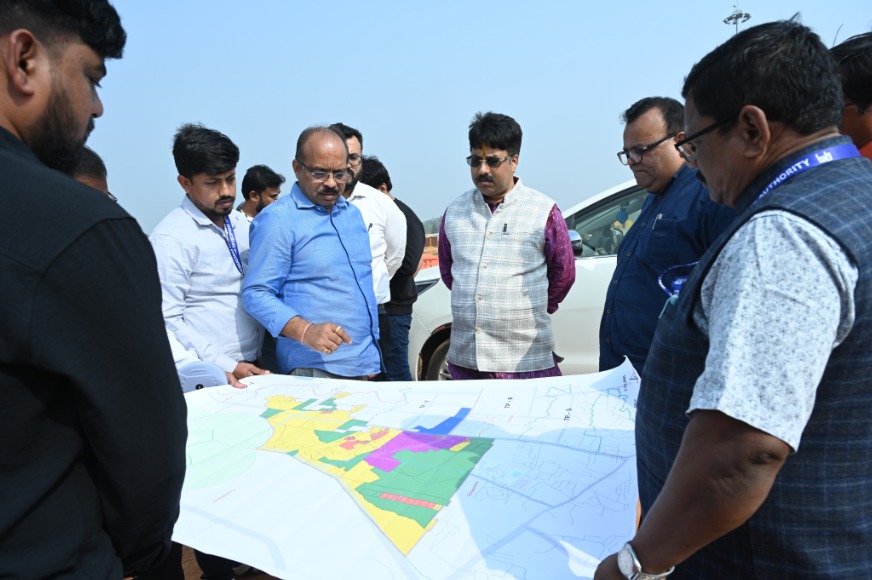Gangtok: To assess the repercussions of climate change on large mammals, the Forest and Environment Department of Sikkim, in collaboration with the Wildlife Institute of India (WII), has initiated a comprehensive study using camera traps deployed across the high-altitude regions of Sikkim.
Recent retrieval of images from these camera traps has unveiled multiple captures of Tigers at higher altitudes, particularly in the Kyongnosla and Pangolakha Wildlife Sanctuary areas. Notably, the recorded elevation of a male Tiger at 3966 m in Kyongnosla, Gangtok district, establishes a national record and is the second-highest globally after Bhutan.
The Forest and Environment Department, in a press release, highlighted that Tigers were previously recorded in North Sikkim at 3602 m in 2019 and in the Pangolakha Wildlife Sanctuary at 3640 m in 2023. Additionally, the camera traps captured the Gaur, also known as the Indian bison, at a remarkable elevation of 3568 m in Pangolakha Wildlife Sanctuary, setting a world record.
The observation of Gaur at such high altitudes is a rare occurrence, given that these world’s largest cattle species, primarily endemic to South and Southeastern Asia, typically inhabit elevations below 1800 m.
The Gaur’s presence at higher altitudes holds ecological significance as it serves as a crucial link in the food chain, being a primary prey for large carnivores like Tigers, common leopards, and Asiatic wild dogs.
The camera traps, strategically placed in the high-altitude regions, have also captured images of other wildlife, including Sambar, Dhole or wild dog, Himalayan Black Bear, Musk Deer, Serow, Mithun, Goral, and more. This collaborative initiative aims to provide valuable insights into the behavior and adaptation of large mammals in the face of changing climate patterns, contributing to wildlife conservation efforts in the region.





